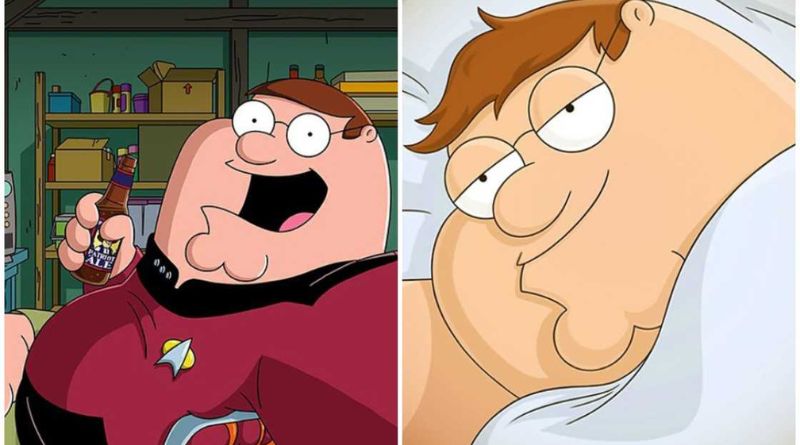In the realm of animation, cartoon characters come in all shapes, sizes, and colors. Among them, fat ginger characters often stand out due to their distinctive appearance and memorable personalities. This article explores some of the most popular fat ginger cartoon characters, their characteristics, and their impact on popular culture.
Table of Contents
Notable Fat Ginger Cartoon Characters
1. Shaggy Rogers (Scooby-Doo)
Shaggy, from the beloved “Scooby-Doo” franchise, is known for his scruffy hair, insatiable appetite, and laid-back attitude. Although he is not exclusively portrayed as overweight, his lanky frame and love for food give him a distinctive, comedic presence. As one of the main characters alongside Scooby-Doo, Shaggy’s adventures in solving mysteries have made him a fan favorite for decades.
2. Rufus (Kim Possible)
Rufus is the adorable pet naked mole rat in the animated series “Kim Possible.” While not human-sized, Rufus has a chubby, ginger appearance that adds to his charm. He provides comic relief and loyalty to Kim and Ron, showcasing that fat ginger characters can also be small but mighty.
3. Ginger Foutley (As Told by Ginger)
Ginger Foutley is the protagonist of the animated series “As Told by Ginger.” As a young girl navigating middle school challenges, Ginger’s character is not only ginger-haired but also portrayed with a relatable body type. The show deals with real-life issues faced by adolescents, making Ginger an important character for many viewers.
4. Chuckie Finster (Rugrats)
Chuckie, one of the main characters in “Rugrats,” has a unique ginger hairdo and a lovable, timid personality. While he is not portrayed as overweight, his round face and glasses give him an endearing look. Chuckie’s character is known for his quirky antics and heartwarming moments, making him an integral part of the Rugrats gang.
5. Homer Simpson (The Simpsons)
Homer Simpson, the iconic patriarch of “The Simpsons,” is a classic example of a fat ginger character in animation. His trademark bald head, combined with his ginger stubble, creates a recognizable look. Homer’s bumbling yet lovable personality, along with his many misadventures, has made him a cultural icon and a symbol of American television.
The Impact of Fat Ginger Characters
Fat ginger cartoon characters often serve to challenge stereotypes about body image and appearance. They provide representation for those who may feel overlooked in mainstream media. By showcasing these characters in humorous or relatable situations, animators and writers create spaces for viewers to appreciate diversity in body types and hair colors.
These characters frequently embody traits such as humor, resilience, and friendship, allowing audiences to connect with them on a personal level. Their stories can promote acceptance and understanding, reminding viewers that it’s not just about appearance but about who we are on the inside.
FAQs
Are there many fat ginger cartoon characters?
While the representation of fat ginger characters may not be as abundant as other archetypes, several notable examples exist. These characters often leave a lasting impression through their unique personalities and humor.
Why are fat ginger characters important in animation?
Fat ginger characters contribute to diversity in animation, showcasing different body types and appearances. They help challenge stereotypes and promote acceptance, allowing viewers to relate to characters who may reflect their own experiences.
Can you name a few more examples of fat ginger characters?
In addition to the characters mentioned, others include Jinormous (The Magic School Bus) and Patrick Star (SpongeBob SquarePants), who, while not primarily ginger, may be portrayed with various shades that can be interpreted as such in certain adaptations.
What themes do these characters often represent?
Fat ginger characters often represent themes of friendship, resilience, humor, and self-acceptance. Their stories can highlight personal growth and the importance of looking beyond appearances.
How have fat ginger characters evolved in recent animation?
In modern animation, there has been a conscious effort to create more diverse and relatable characters. Fat ginger characters now often have more depth and complexity, showcasing a range of emotions and experiences, reflecting broader societal changes.
In conclusion, fat ginger cartoon characters play an essential role in animation by providing representation, humor, and relatability. Through their stories, they challenge stereotypes and promote acceptance, reminding audiences that diversity in appearance can lead to rich and engaging narratives.
